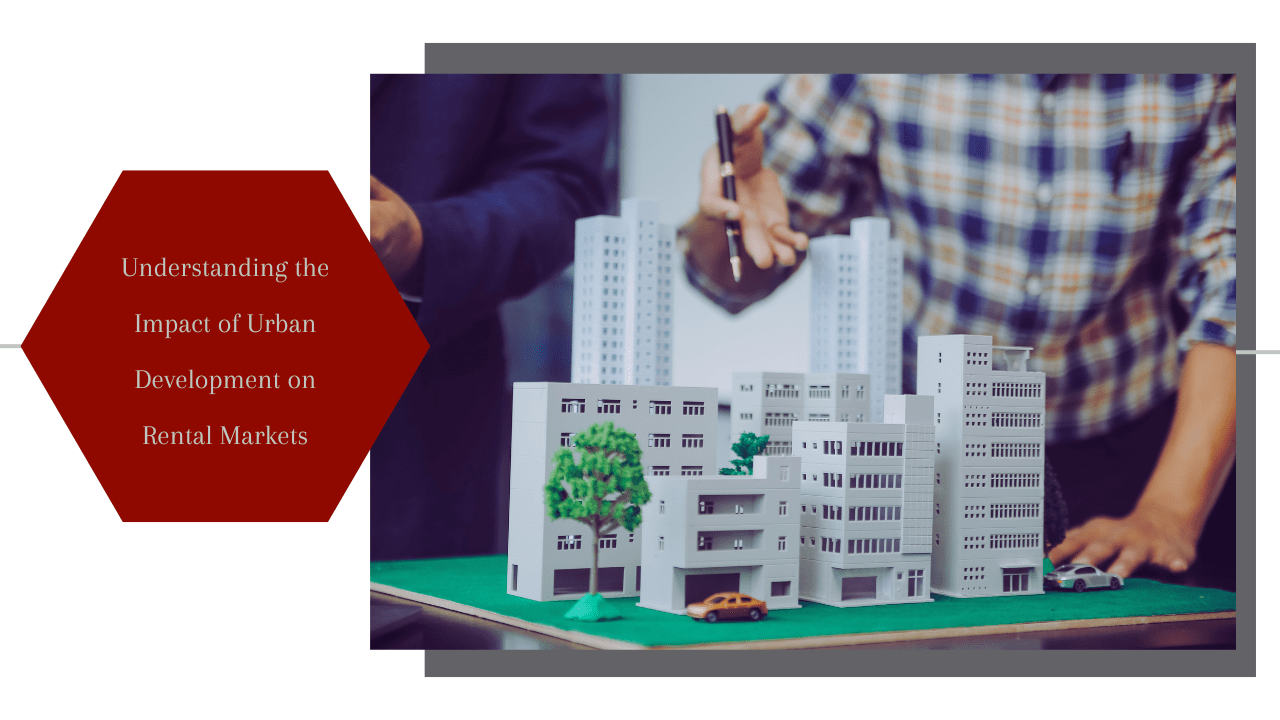
Indianapolis is the capital and largest city of Indiana.
The city is considered to be the racing capital of the world because it's host to three of the world's highest-attended single-day events:
The Indy 500 race
The Brickyard 400 race
The U.S. Grand Prix Formula One race
Professional sports are big throughout the city as well. There are the Indiana Pacers (basketball) and the Indianapolis Colts (football). This is a city that gets plenty of attention in the Midwest, and it’s also getting more and more attention nationwide as the entire metropolitan area continues to grow.
This may have once been considered the crossroads of America, but lately, the city has been experiencing a renaissance of urban development. From the bustling City Center to the revitalization of its historic neighborhoods, the city's landscape is transforming, impacting various sectors, economies, and industries, including the rental market.
Real estate investors looking toward the Circle City may find a dynamic market ripe with opportunities as well as challenges.
We are Indianapolis property management experts who love the city that we live in, work in, and serve. We’ve been following market trends in an effort to help local and non-local investors and landlords understand how best to position themselves for high rents and well-qualified tenants.
So let’s take a look at the market itself and the impact that urban development has had on our city. We can tell you that it has definitely influenced the rental market. There has been a shift in supply and demand, and an influx in new populations - most of whom are renters - and growing economic trends that make this city a fantastic place to live, work, study, invest, or start a business.
Whether you are an experienced investor or a newcomer to the real estate scene, understanding these trends is crucial in making informed decisions in this Midwestern metropolitan market.
The Stimulus behind Urban Development in Indianapolis
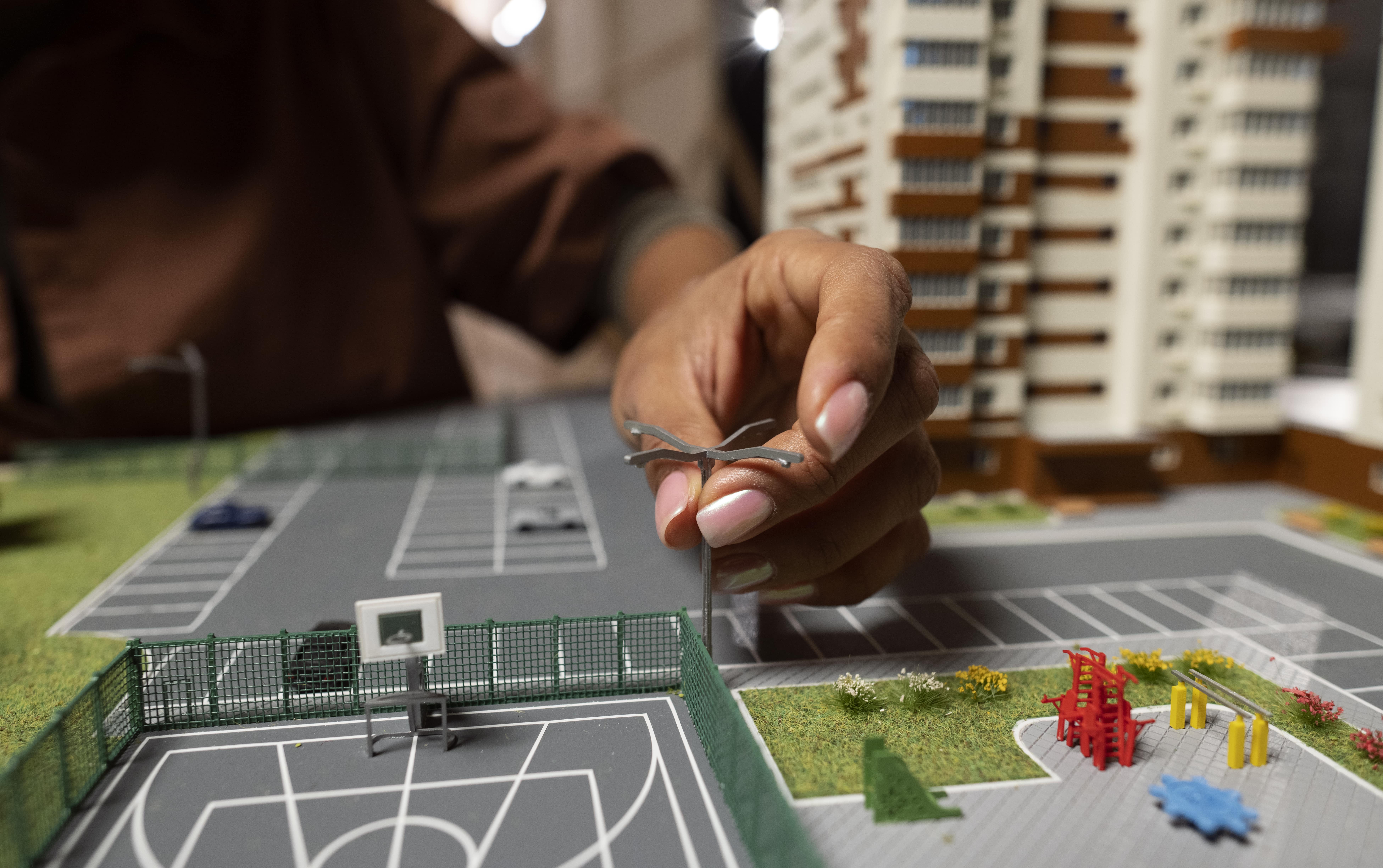
For the last decade, leaders and community partners have been working very hard on bringing Indianapolis into the modern era. We’re preparing for the future, too. Indianapolis has been the recipient of concerted efforts to invigorate its urban core through:
Infrastructure improvements, whether we’re talking about roads, parking, and services.
Incentivizing businesses to grow here and hire local employees.
Enhancing the quality of life for its residents.
These efforts are designed to attract and retain a skilled workforce, draw in businesses, and foster a vibrant community. All of those things will impact any rental market, and we’ve noticed it has made a difference here. When you have more jobs in the area, your tenants are more qualified. When there’s a good reason to live and work in Indianapolis, those rental values go up.
Notable recent developments include the expansion of the public transit system, enhancement of green spaces like the White River State Park, and initiatives like the ambitious '16 Tech Innovation District', which aims to be a catalytic center for tech and life science companies.
We’ll dive more into specifics later on in this blog. Right now, what we want investors to know is that successful urban development projects in Indianapolis have not only transformed the physical landscape but also fostered community engagement and economic growth.
Here are a couple of important examples that everyone in the city is pretty excited about:
The Bottleworks District
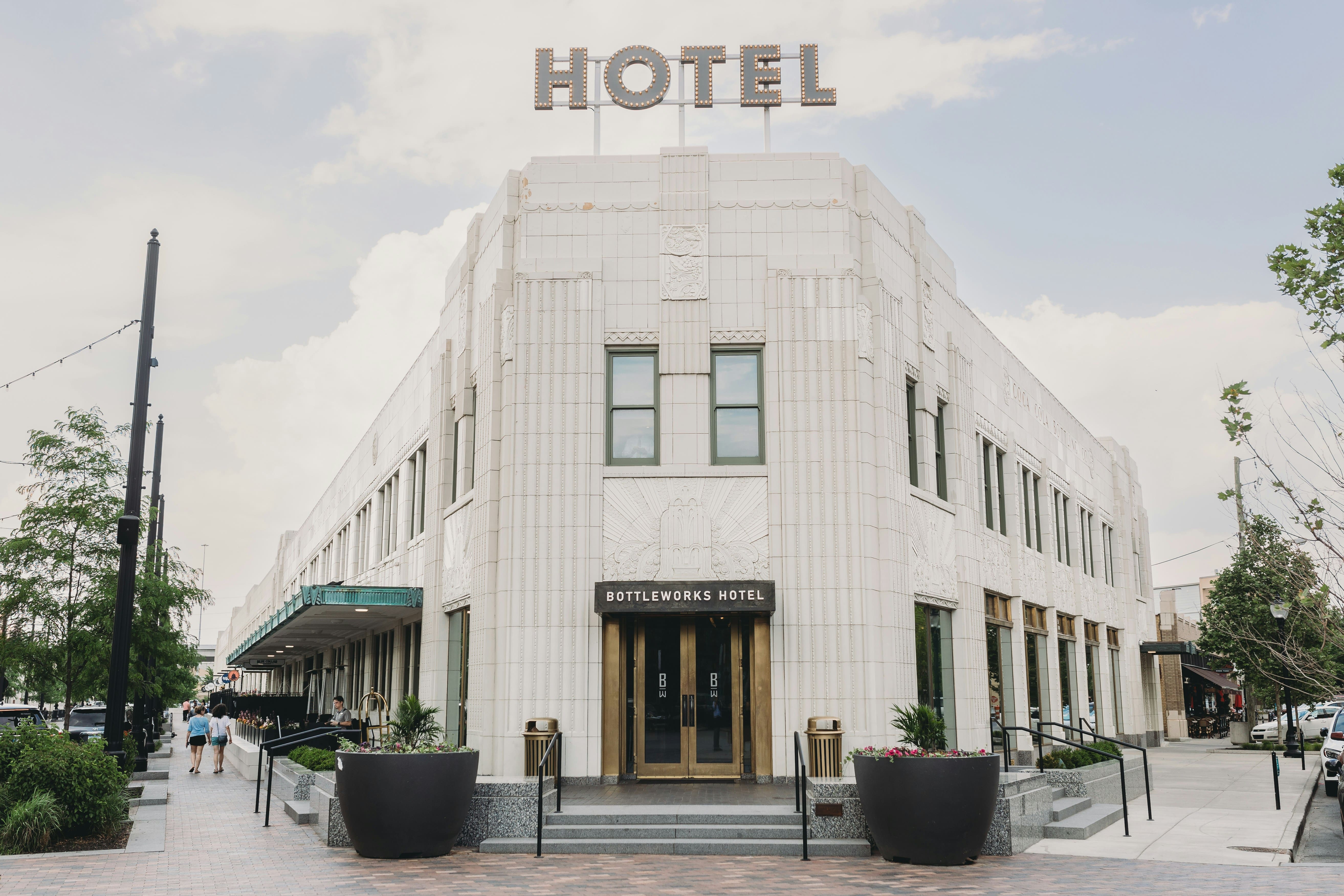
The Bottleworks District is a mixed-use development that revitalized a historic Coca-Cola bottling plant into a vibrant community hub featuring entertainment, retail, office spaces, and residential units. These types of developments are thriving all over the country because they create a sense of community for an American population that’s growing more isolated. Indianapolis residents can enjoy shopping, eating, and finding entertainment in a walkable neighborhood. This is extremely attractive.
Mass Ave Arts District
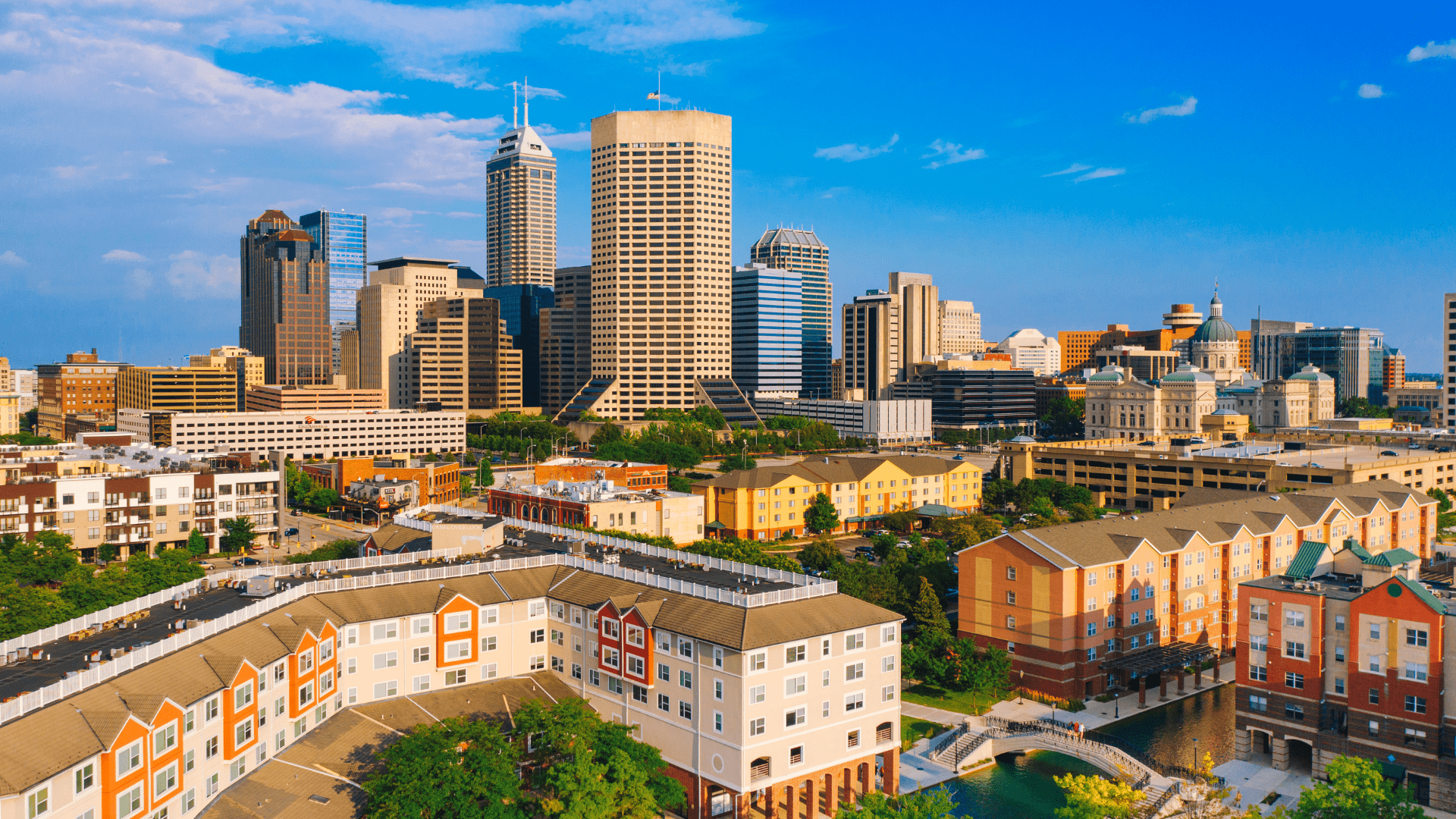
Another significant development is the revitalization of the Mass Ave Arts District, which has become a cultural hotspot, drawing visitors and locals in droves to its theaters, galleries, restaurants, and boutiques. Capitalizing on the creative energy of a city is an important way to generate interest and grow. As Indianapolis continues to attract and support artists, we can expect the urban center of the city to be a desirable place to live, work, and relax.
These immediate examples of pivotal projects exemplify how thoughtful urban development can reenergize a city, making it more livable and economically robust. Indianapolis has managed to do it well, and that’s had a positive impact on tenants, real estate investors, and the entire city.
Let’s Talk about Impact on Rental Markets
As more people are drawn to the city of Indianapolis for employment, education opportunities, and a high quality of life, there is an increased demand for rental properties. This growing demand has been met with a surge of new apartment complexes and condominiums in downtown Indianapolis as well as its surrounding neighborhoods.
If you have a property to rent out, you’re in good shape. If you’re thinking about investing in a rental property, you can expect stable rents, a growing pool of tenants, and low vacancy and turnover rates. All of these indicators point to success and profit when renting out homes is what you do.
We can take a look at the Urban Land Institute's Emerging Trends in Real Estate report from 2021, which ranked Indianapolis as 36th on the list of cities with strong prospects for investment and development. That’s not a bad ranking for a city that’s often underestimated. And, we believe that rental properties are a significant factor in its growth.
New developments have emerged as important beacons of the city’s strong rental market.
The Congress at Library Square is a new construction community that offers luxury apartments with convenient amenities like fitness centers, rooftop terraces, and pet-friendly policies. All of these offerings will make the market more competitive; tenants will decide where to live not only based on their budget and desired location, but also based on what’s available to them in terms of amenities, activities, and features.
Similarly, the Stutz Artists’ Lofts provide affordable housing options for artists and creatives, contributing to the city's vibrant arts scene. Most of the artists moving into Indianapolis or already established in the city are looking for work/living spaces that combine what they love to do with where they love to live.
The influx of new residents has also led to an increase in rental prices, making Indianapolis more competitive with other major cities in the region. Chicago is only three hours away, and yet the rental market here is far different from the rental market there. It’s more affordable and accessible, giving people an option when they want to stay in the general area, but they’re feeling priced out of more expensive cities.
Indianapolis rents are rising, however. And this growth is not without its challenges. As rental rates climb, it may pose affordability issues for some residents, highlighting the need for affordable housing options to be included in urban development plans.
Economic Impact of Urban Development in Indianapolis
 Urban development in Indianapolis has had a positive economic impact on and in the city, generating job growth and stimulating the local economy. The city's unemployment rate has consistently remained below the national average, with notable industries such as healthcare, education, and advanced manufacturing driving its economy and attracting new businesses and workers.
Urban development in Indianapolis has had a positive economic impact on and in the city, generating job growth and stimulating the local economy. The city's unemployment rate has consistently remained below the national average, with notable industries such as healthcare, education, and advanced manufacturing driving its economy and attracting new businesses and workers.
Additionally, increased foot traffic from new residents and visitors to these developments has boosted local businesses. Tourism has increased, and people are not only staying longer when they visit, but they’re often returning.
Urban development needs to be sustainable in order to be successful, and that’s what Indianapolis has aimed to do. The growth has been smart, which is helping with long-term economic benefits and improved quality of life. By investing in urban development, Indianapolis has created new opportunities that are proving to inspire momentum throughout the city.
Rental Market Response
Following urban development, the rental market has shifted accordingly, and it continues to do so.
The city has seen a rise in demand for rental properties, especially those within proximity to key developments and amenities. This demand is driven by diverse demographics. We have seen young professionals, students, and even empty nesters seeking a more urban lifestyle. Retirees are selling their large suburban homes in order to embrace low-maintenance living, characterized by walkability, entertainment, and convenience.
High demand combined with a limited supply of available rental units often leads to rising rent prices in any rental market. It’s happening in Indianapolis, and savvy investors can use this opportunity to enter the market, recognizing the potential for a favorable return on investment, particularly in up-and-coming neighborhoods.
Real Estate Basics: The Economics of Supply and Demand
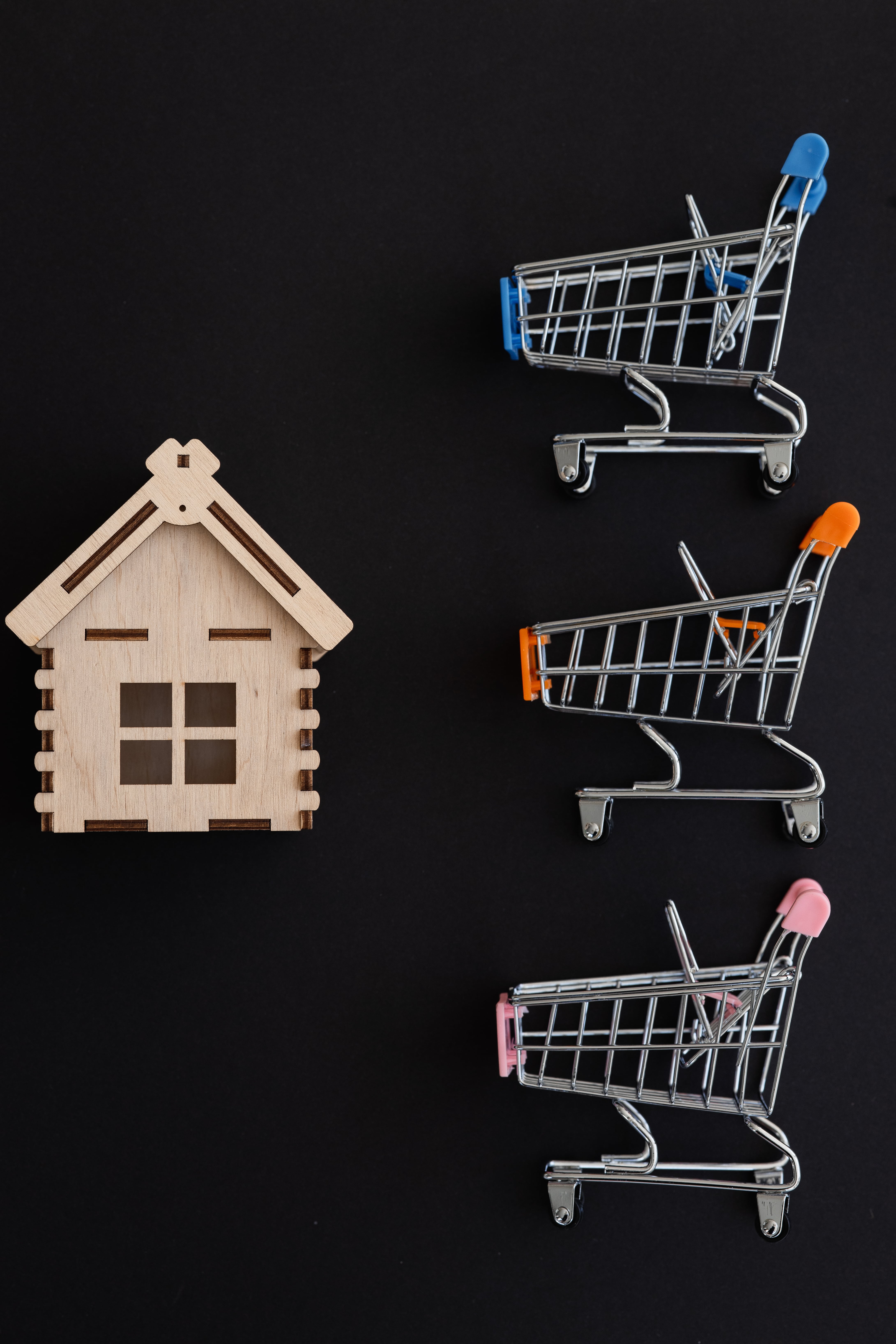 The laws of supply and demand are in full swing in the Indianapolis rental market. The influx of new jobs, especially in technology and health services, creates a steady stream of incoming residents, bolstering the rental market demand. Remote workers are choosing Indianapolis, too, because they’re enjoying all the benefits that come with living in an urban city without all of the headaches, such as traffic and a high cost of living.
The laws of supply and demand are in full swing in the Indianapolis rental market. The influx of new jobs, especially in technology and health services, creates a steady stream of incoming residents, bolstering the rental market demand. Remote workers are choosing Indianapolis, too, because they’re enjoying all the benefits that come with living in an urban city without all of the headaches, such as traffic and a high cost of living.
With any burgeoning market comes competition. Developers and investors are competing to provide desirable living options, from luxury apartments to renovated historic homes. The variety in choice is broadening the market and potentially stabilizing rent increases over time. Keeping track of construction pipelines and housing inventories is critical for investors to anticipate market saturation points.
Long-Term Viability
Will this growth continue to have a positive impact on Indianapolis and the rental market?
It’s a good question, and we believe that urban development's impact extends beyond immediate demand.
The long-term viability of the rental market is also influenced by sustained economic growth and livability factors. A city dedicated to enhancing education, public safety, and community engagement will more likely retain its residents, promoting a stable rental market.
Another factor contributing to long-term viability is the diversification of the local economy. Indianapolis benefits from a robust mix of industries such as sports, convention tourism, manufacturing, and biotech, building a resilient economy that can withstand market shocks and support a steady rental demand.
Challenges of Urban Development
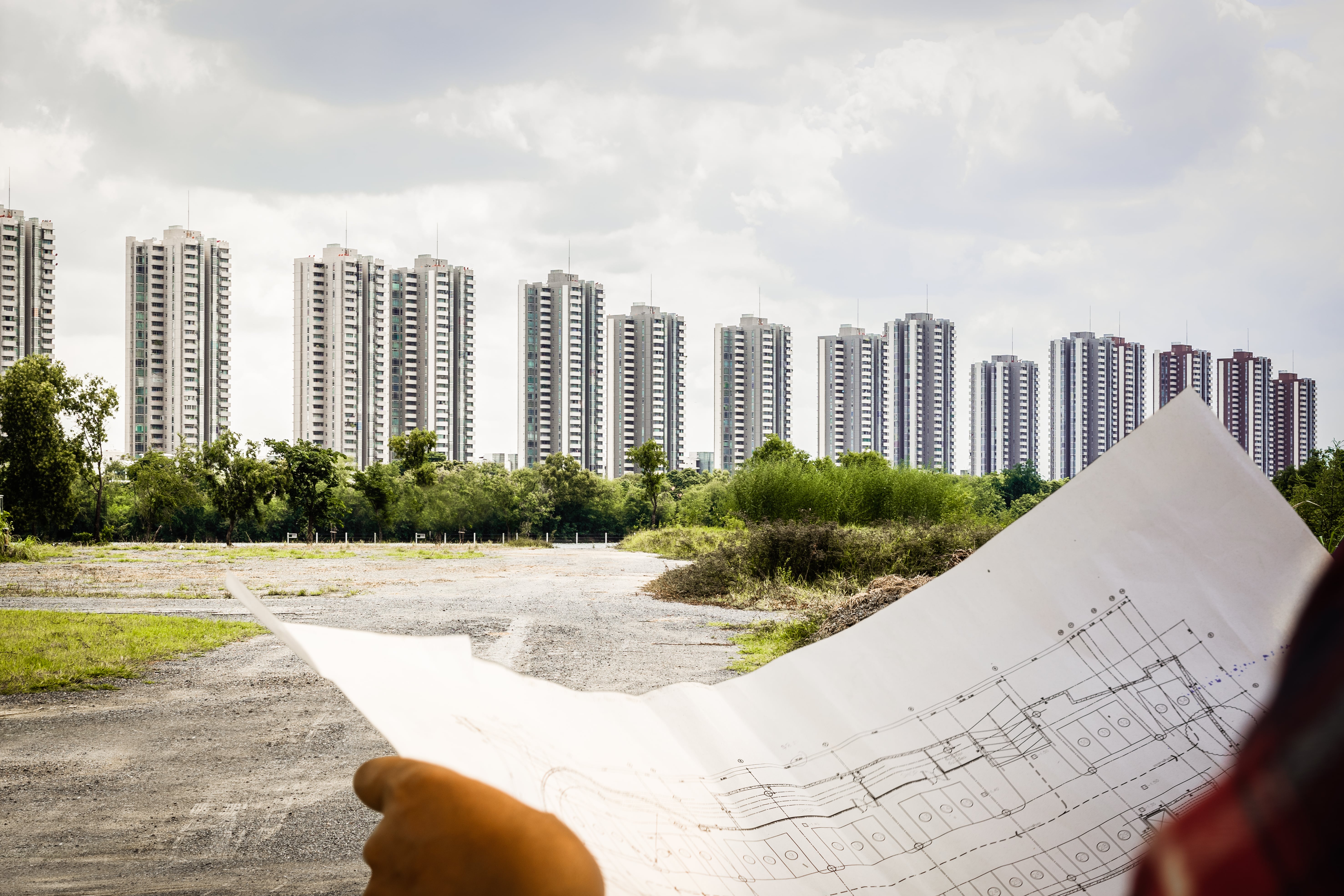
We would be remiss to celebrate the successes of urban development without also pointing out the challenges.
Despite the positive outcomes of urban development in Indianapolis, the city faces several notable challenges.
One major issue is the balancing act between growth and maintaining the character of the city's historic neighborhoods. As development projects continue to emerge, there is a growing concern over the potential displacement of long-standing communities and the erasure of cultural heritage. This gentrification process can lead to increased living costs, pushing lower-income residents out of their neighborhoods. The city still grapples with a plan for this. | Another challenge is the environmental impact of urban expansion. The increase in construction and development projects can lead to a reduction in green spaces, negatively affecting local biodiversity and contributing to the urban heat island effect. Additionally, the reliance on automobiles and insufficient public transportation options can exacerbate traffic congestion and air pollution, undermining the city's sustainability efforts. |
Furthermore, while urban development aims to stimulate economic growth, it can also widen the gap between socioeconomic classes. The focus on luxury apartments and high-end retail may not cater to the needs of all tenants, particularly those in lower income brackets.
Ensuring that development projects include affordable housing and access to essential services is crucial for fostering inclusive growth.
Addressing these challenges requires a collaborative approach among city planners, developers, and the community to ensure that urban development leads to a balanced, sustainable, and inclusive future for Indianapolis.
Urban Development’s Impact on Property Values in Indianapolis
The transformation of Indianapolis through urban development has had a profound impact on property values throughout the city. As neighborhoods grow in popularity and become more desirable due to new amenities and improved infrastructure, property values in these areas have seen a significant set of gains. This increase is most pronounced in areas closest to major developments, like The Congress at Library Square and the renovated Stutz Artists’ Lofts. For homeowners and investors in these locales, the rise in property values represents an opportunity for substantial capital gains.
However, this positive trend for some can exacerbate affordability issues for others. Higher property values often lead to increased property taxes, contributing to the financial strain on long-standing residents who may find it increasingly difficult to afford their homes. This scenario underscores the importance of implementing measures that can mitigate these effects, such as property tax caps for eligible residents, to ensure that the benefits of urban development are more evenly distributed across the community.
Balancing growth with affordability remains a key challenge for Indianapolis as it navigates its urban renewal and growth.
Strategies for Real Estate Investors
So, the most important question is finally ready to be answered:
What does this mean for you?
To leverage these insights into a sound investment strategy, investors should consider the following recommendations that we have as Indianapolis property managers and investment experts:
Research and identify areas with ongoing or planned urban development initiatives.
Understand the local tenant laws and housing regulations, which can impact investment profitability.
Look for properties that offer unique amenities or proximity to hotspots that appeal to potential renters.
Monitor economic indicators and rental market statistics through local business journals and real estate reports.
We’ve demonstrated that the Indianapolis urban development initiatives are significantly shaping the rental markets. By staying informed and adopting a strategic approach, real estate investors can position themselves to capitalize on the growth and vibrancy this Midwestern city has to offer.
Let’s Talk about the Future of Indianapolis
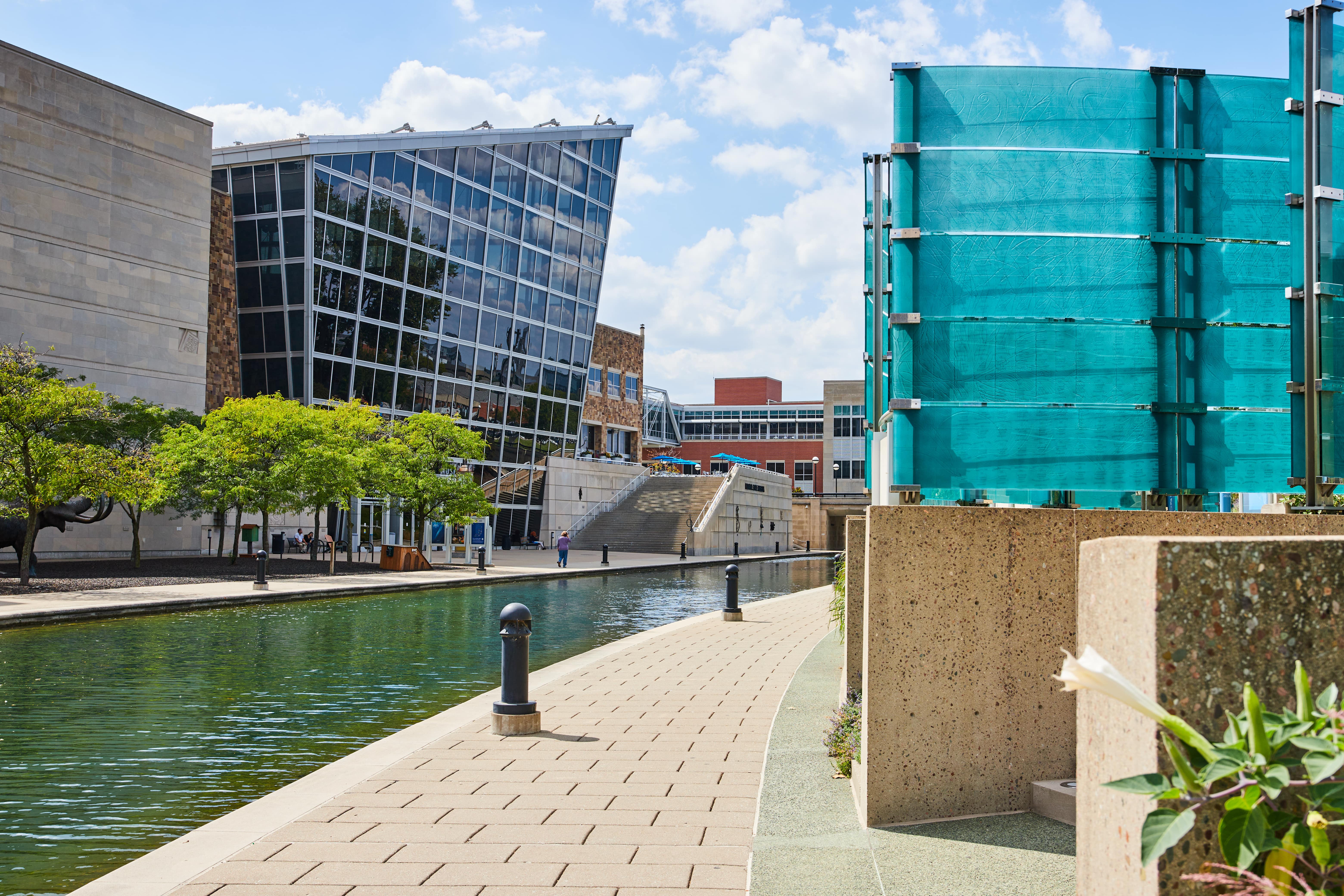
We don’t have a crystal ball, and we’re not fortune tellers, but we have been in this market for a while and we’ve been studying a lot of data and insights. The future outlook for Indianapolis is marked by optimism, driven by its strategic urban development initiatives and diversified economy. The city is poised to continue its trajectory of growth, leveraging its status as a hub for technology, sports, and healthcare. Further enhancement of public infrastructure, coupled with initiatives to expand green spaces, promises to improve the quality of life for its residents and attractiveness to potential newcomers.
It’s good news, for investors, for city leaders, for tenants, and for all residents. Efforts to integrate sustainable development practices and increase the availability of affordable housing are expected to address some of the longstanding challenges related to urban expansion. Additionally, the emphasis on education and community initiatives aims to foster a skilled workforce that can support the city's economic diversification strategy.
If we’re looking ahead, we believe Indianapolis stands as a model for how cities can evolve through balanced development, making it an appealing destination for investors, professionals, and families seeking a vibrant urban environment with a promising future.
Let’s talk about what this means for your rental properties, specifically, and for any investment goals that can benefit from the growing urban development in Indianapolis. We’d love to talk with you. Please contact us at Red Door Property Management.








